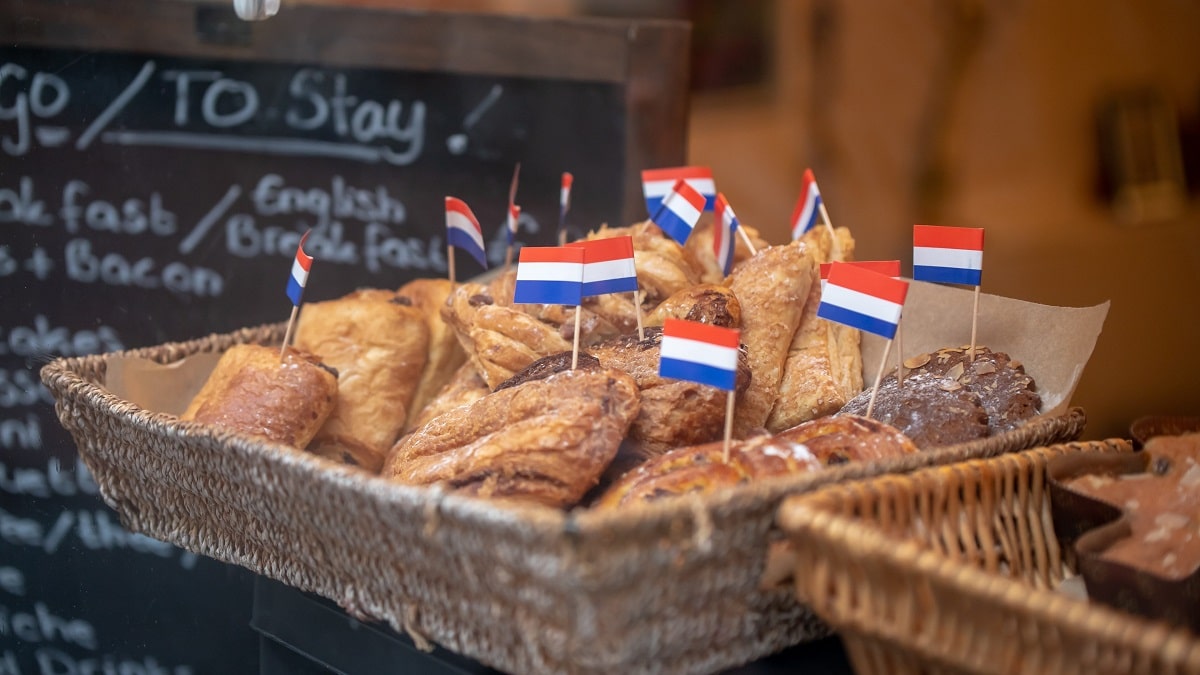
La gastronomy of the Netherlands it does not have the prestige and tradition of other European countries such as France, Spain or Italy. Instead, the Dutch pastry it is widely recognized throughout the world. The Dutch define themselves as incorrigible sweet tooths who enjoy cooking and savoring all kinds of desserts and sweets.
Before continuing, here is a warning: today's post is full of delicacies and temptations. It is not advisable to continue reading for those who are on a diet:
Classic Dutch sweets
Salty liquorice
It is a liquorice sweet widely consumed in Holland, but also in Belgium, Luxembourg and certain parts of Germany. The salty liquorice ("Salty drop") is sold in small, black cubes. Its appearance is similar to that of gummies and its flavor is very similar to that of licorice. There are four different varieties depending on the amount of salt they contain.
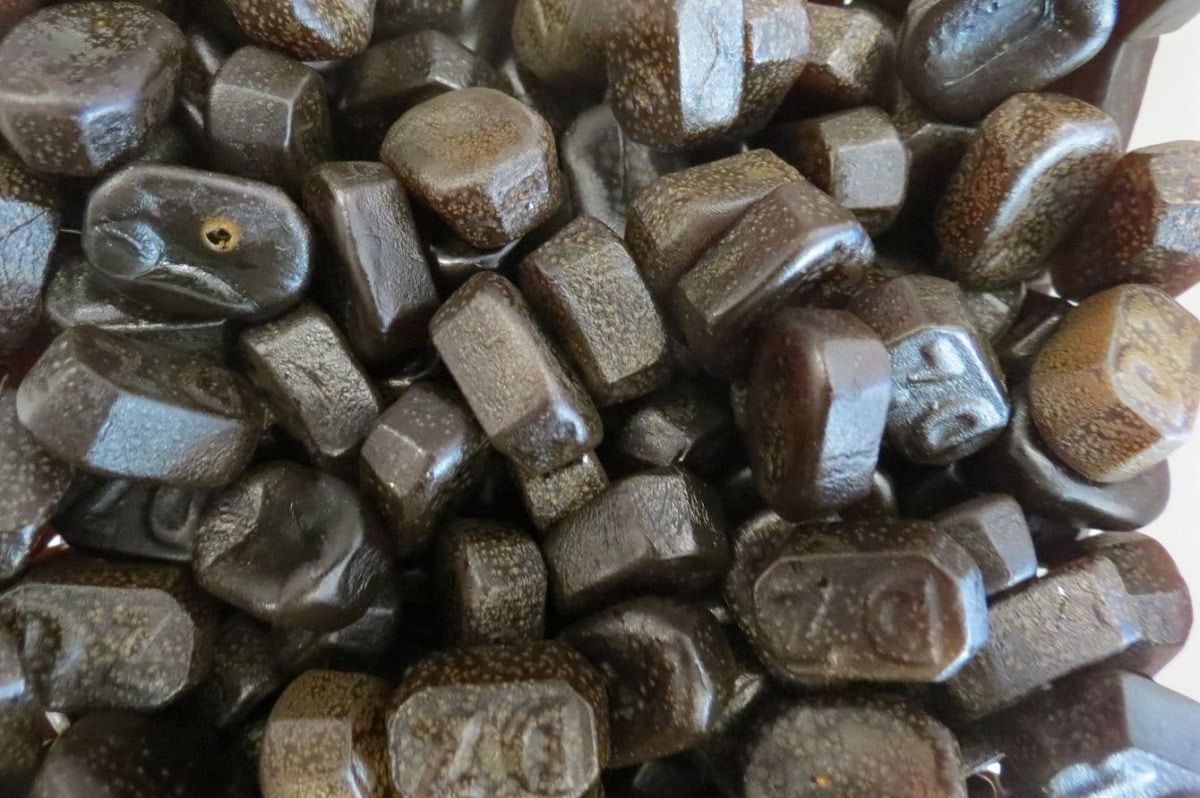
The popular Dutch liquorice, zoute drop
The Dutch attribute certain medicinal properties to zoute drop, although they actually eat it because they love it. In some bakeries they are sold flavored with coconut essence, mint, honey, bay leaf and other flavors.
Stroopwafel
This is a delicate, caramelized version of the classic Belgian waffle (in Dutch, syrup means syrup and wafel it's waffle). This dessert is prepared in a special pan divided into squares. The dough is cut crosswise to pour the caramel inside while it is being prepared.
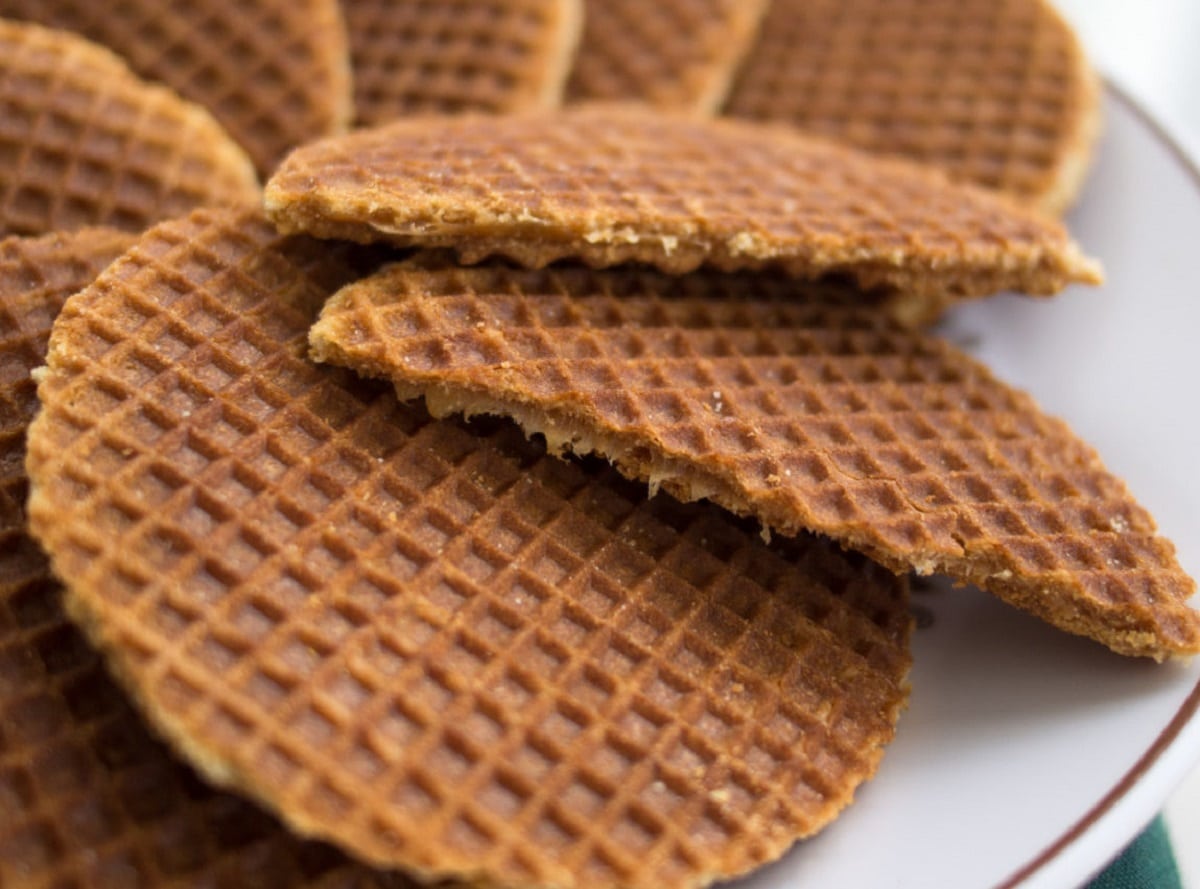
Stroopwafel: a version of the famous waffle-shaped waffles
In many places they are prepared by adding crushed hazelnuts with the stroop, while in others the dough is seasoned with cinnamon. The result is always spectacular.
vlaai
The popular pie It is a sweet cake made of yeast dough that is filled with fruit (apple, apricot, pineapple, plum or berries). In certain Dutch pastry recipes, other ingredients such as custard or rhubarb are also included.
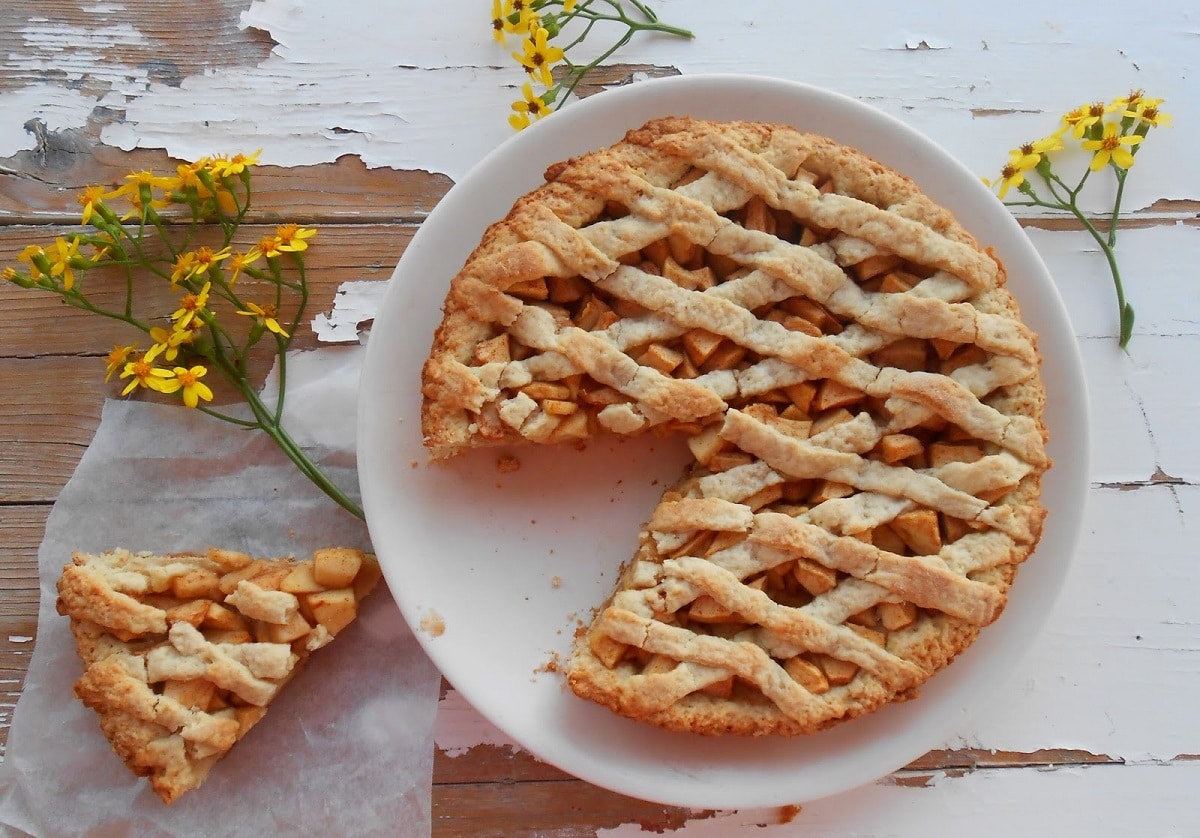
Dutch vlaai
There are some very peculiar variants of the traditional vlaai. The rice one, for example, is filled with rice and cream, although there are others that have whipped cream or chocolate.
Poffertjes
Strolling down any street in any town or city in the Netherlands it is common for our nose to be seduced by the irresistible aroma of poffertjes. Throughout the country there are small street stalls where these little ones are prepared at the moment hot pancakes with melted butter and powdered sugar.
Also in Dutch cafes, poffertjes are sold as a sweet snack to accompany coffee or tea. There are even stores specialized in this product, called poffertjeskraam.
Dutch Christmas pastry
Dutch pastries are especially varied around Christmas time. Special occasions call for special flavors. The Christmas in the netherlands begins to be celebrated on December 6, the day of Saint Nicholas (Sinterklaas).
Saint Nicholas cookies
On the day of the arrival of Saint Nicholas with their gifts, the Dutch children sweeten the wait by drinking hot chocolate and eating cookies. Adults do the same, although with a glass of liquor in hand.
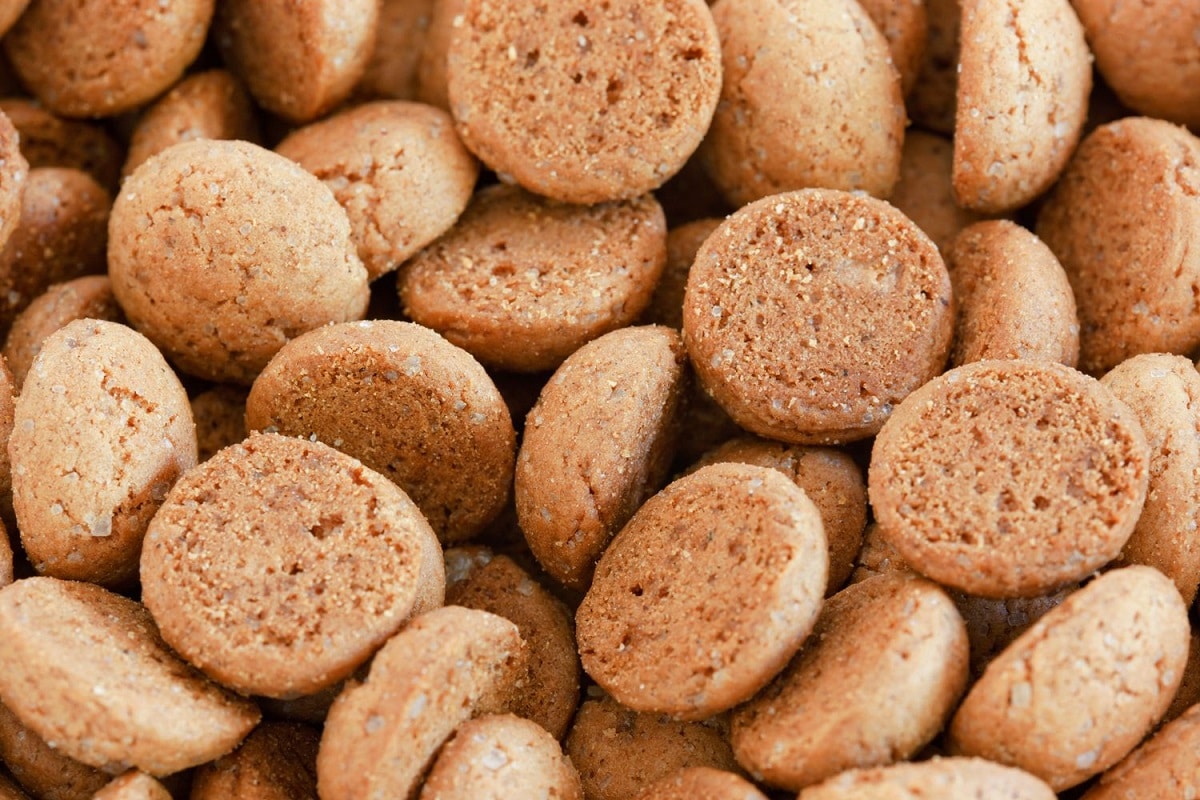
Pepernoten for Saint Nicholas Day
Piet, the assistant of Saint Nicholas, is in charge of distributing sweets among the little ones: Peppernuts (small irregular shaped cookies made of rye, honey and anise) and gingerbread buttons ginger. It also distributes portions of shoulder, a puff pastry filled with almond paste.
kerststol
As in many other parts of the world, Christmas Day in the Netherlands is celebrated as a family around a well-stocked table. The banquet culminates with the kerststol, a fruit raisin bread that is often also filled with almond paste. This cake, a classic recipe in Dutch pastry, is similar to the one prepared in Germany and other Central European countries.
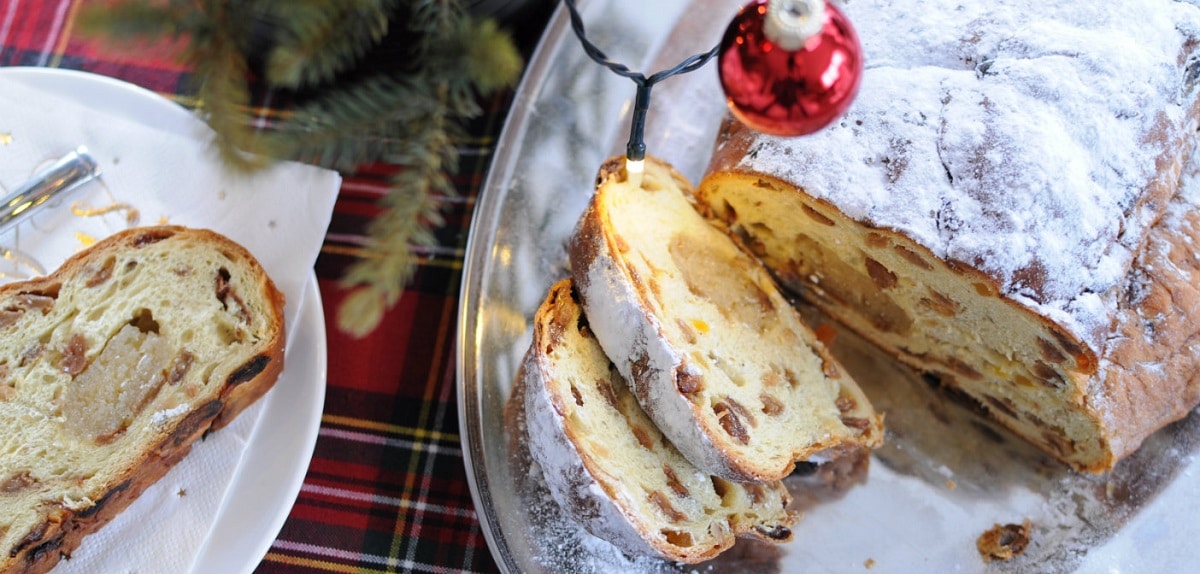
The cherry on the Christmas dinner in the Netherlands: the kerststol
In more religious households they prefer to substitute kerststol for another special dessert: beschuit met muisjes, a Dutch sponge cake covered in sugary anise. It is the delicacy with which the birth of Jesus is celebrated and that by extension is also served to celebrate any birth throughout the year.
oliebollen
On New Year's Eve, the smell of oil from deep fryers coming from the kitchens is common in Dutch homes. In them the delicious deep fried doughnut balls, dough fritters that are served alone with sprinkled sugar or filled with pieces of apple and raisins.
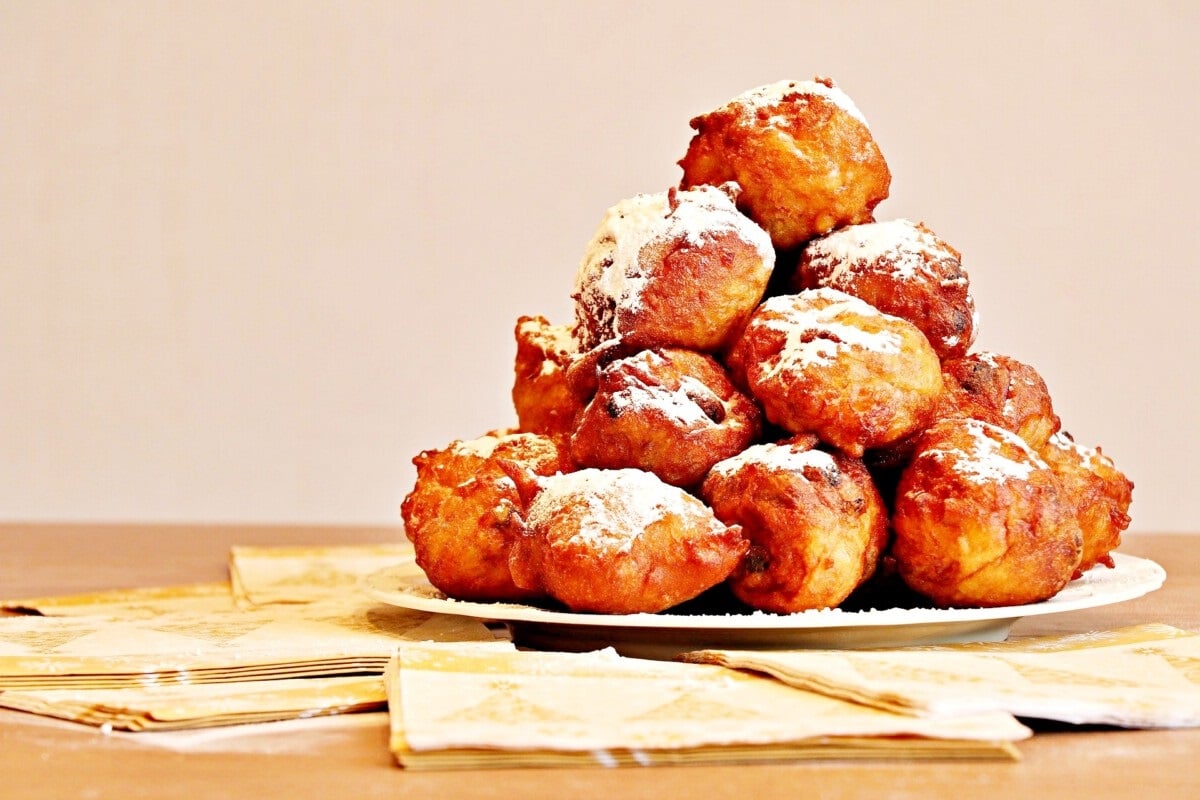
The best sweet to start the year: the Oliebollen
There are some regional varieties of oliebollen (translation: "oil buns"). In the Limburg area, for example, they are shaped like donuts and are also prepared to celebrate Carnival. On the other hand, in the northern provinces these fritters are prepared with special care and are especially rounded, almost spherical.